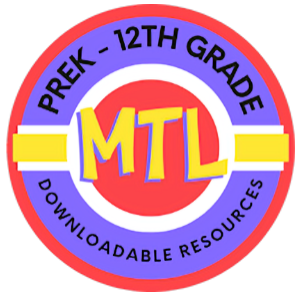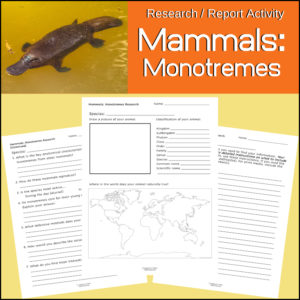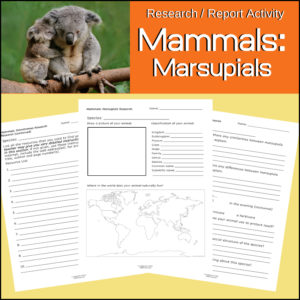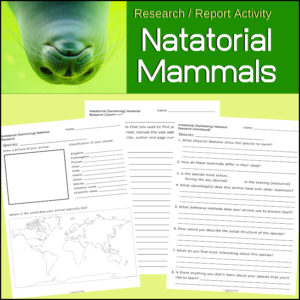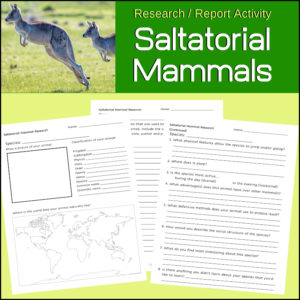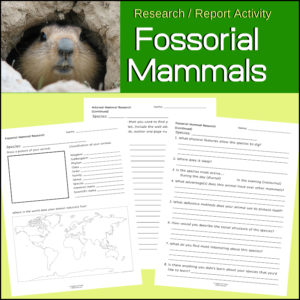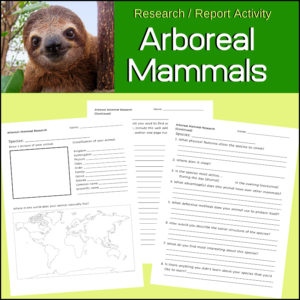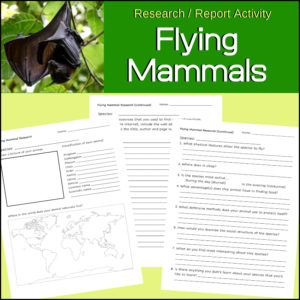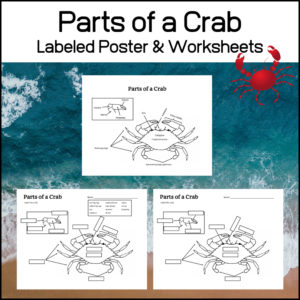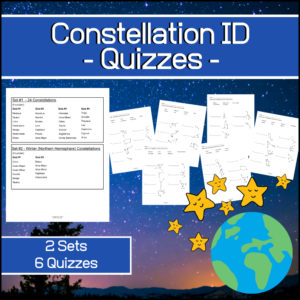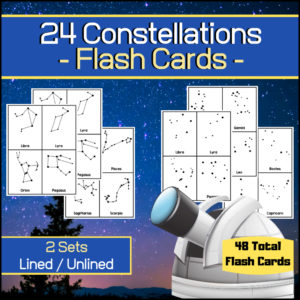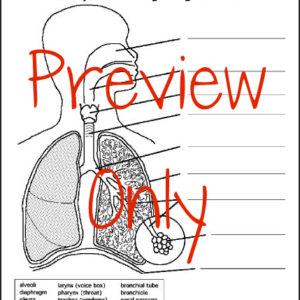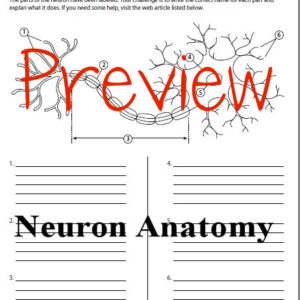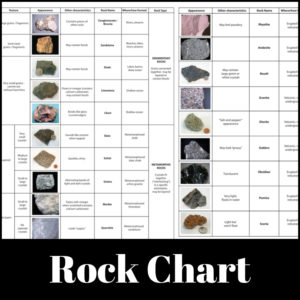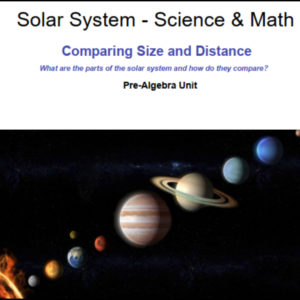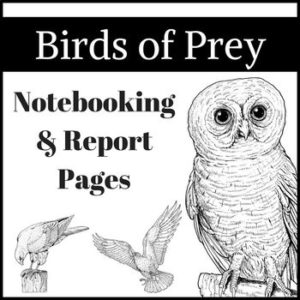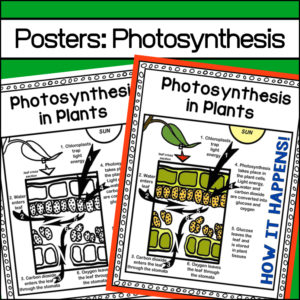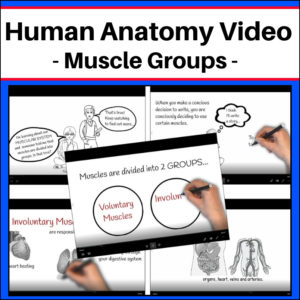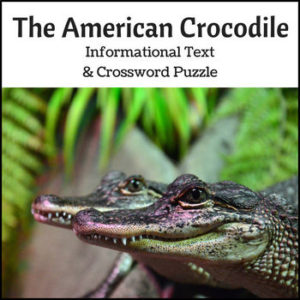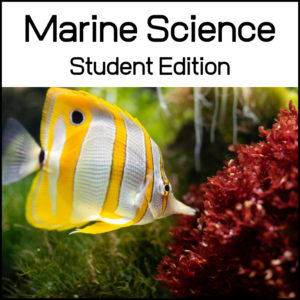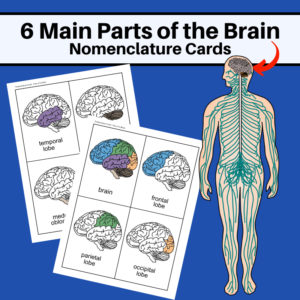Showing 21–40 of 130 results
-
$1.25Buy Now
This Science, animal study activity is designed to guide your students through the researching and reporting of any egg laying mammal (also known as Monotremes). These unusual mammals only reside in Australia and New Guinea. There are only only five known species of monotremes: the platypus and four species of echidna.
This product will guide students through their research and can be used as the end reporting tool!
-
$1.25Buy Now
Students love kangaroos, wallabies, koalas and other pouch carrying animals also known as marsupials! If you are planning a study on these mammals, this product will guide students through their research and can be used as the end reporting tool!
-
$1.25Buy Now
Any mammal designed to swim such as a whale, sea lion, seal or walrus is considered a natatorial mammal. The term natatorial comes from the Latin natātor, natātōrem meaning “swimmer”. If you are preparing a Science research / report assignment on water dwelling mammals, this resource will guide students through their research and can be used as the end reporting tool!
-
$1.25Buy NowOne way of categorizing animals is how they move. Mammals that are designed to jump, hop, gallop, or leap are called Saltatorial mammals such as the kangaroo, leopard, rabbit, horse, antelope and many others! f you are preparing a Science research / report assignment on these types of animals, this resource will guide students through their research and can be used as the end reporting tool!
-
$1.25Buy Now
Burrowing, ground dwelling mammals are known as fossorial mammals. Fossorial comes from the Latin fossor, meaning “digger”, thus mammals such as groundhogs, gophers, moles, rabbits and others are in this group. If you are preparing a Science research / report assignment on these types of animals, this resource will guide students through their research and can be used as the end reporting tool!
-
$1.25Buy Now
During a study of animals (specifically mammals), students can use this product to research and report on animals such as the koala, monkey, sloth or possum. Any tree dwelling mammal is considered arboreal. Students can use this product as both a guide to their research as well as the end reporting tool!
-
$1.25Buy Now
In the Science field of Zoology there is a group of mammals that are considered ‘flying’ mammals. This resource has been designed to be used as both a guide to student research as well as the end reporting tool.
-
$1.25Buy Now
Is your Science class studying (or preparing to study) ocean life, crustaceans or the phylum Arthropoda? This resource, Parts of a Crab – Poster & Worksheets, includes a labeled poster of a crab and 2 worksheets (or quizzes).
-
$2.50Buy Now
Use this resource, Constellation Quizzes, to assess student knowledge of the imaginary star outlines or patterns on our ‘celestial sphere’ or they can be used simply as worksheets during the learning of the constellations! I’ve included 2 sets (with a total of 6 quizzes).
Each quiz will give students pictures and names of constellations and students will need to identify (match) each.
-
$3.00Buy Now
This Astronomy / Science resource, Constellation Flashcards, contains 2 sets of 24 constellations for a total of 48 cards. (Includes Astrological / Zodiac Constellations)
- Set one has lines that show the stars connected to create the constellation.
- Set two shows only the stars of the constellation (no lines). You can use set two to have students learn the ‘grouping of the stars’ as they actually see them in the sky -or- you can allow students to actually draw the lines on each card to help learn the constellations.
-
$5.00Buy Now
Complete Solar System Science – Math Unit designed to help middle school students understand and compare the sizes of the parts of our solar system and how they compare. This unit will take at least 2 weeks to complete.
Included: Teacher’s Guide, Student Workbook, Answer Keys
-
$4.99Buy Now
‘Birds of Prey’ is a 41 page download and offers pages specifically designed to help students organize and present research reports for each bird. Also included are several ‘blank’ pages for students to use when researching other birds as well as pages to add additional information to any report.
See description below for the list of included birds!
-
$1.50Buy Now
Here are 2 posters (b/w and color) of the process of photosynthesis.
-
$4.50Buy Now
Human Anatomy – Muscle Groups Video has been created to introduce, explain and/or review voluntary and involuntary muscles in the human body. Each group is defined, explained and definitions given. This is great for visual learners!
To add student interest, one student is helping another student learn, interesting graphics have been added and upbeat music fills the background. (Music is easily muted if needed.)
-
$1.50Buy Now
Designed for 5th-8th grade students, American Crocodile Informational Text and Crossword Puzzle will provide students with details about the only crocodile native to the Americas in the following categories:
* Appearance
* Differences from alligators
* Distribution and Habitat
* Food and Growth
* ReproductionAfter reading the text (3 pages), students are to complete the crossword puzzle. Answer Key provided.
-
$9.99Buy Now
458 page Marine Science Student Curriculum
Units include: The Hydrosphere, Measuring the Ocean, The Nature of Seawater, Waves, Tides, Ocean Currents, The Ocean Floor, Ocean Sediments, Food Chains & Webs, Ocean Zones, Near-shore Ecosystems, Plankton, Marine Plants, Classifying Marine Animals, Cold-blooded Swimmers, Marine Mammals, Marine Pollution, Marine Resources
Get your Teacher’s Guide here!
-
$2.00Buy Now
6 Main Parts of the Brain – Human Anatomy Nomenclature Cards – This resource will help students learn and study the following parts of the brain: frontal lobe, parietal lobe, occipital lobe, temporal lobe, cerebellum and the medulla oblongata.
